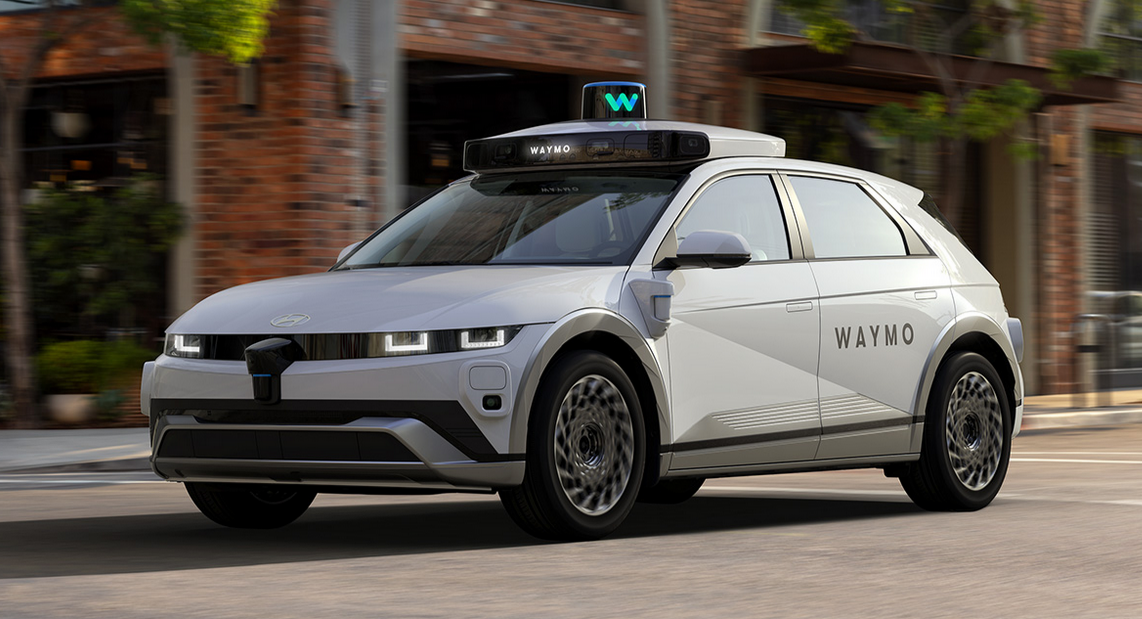Waymo, Alphabet’s self-driving car subsidiary, has introduced a groundbreaking AI-driven model designed to enhance the capabilities of its robotaxis. Known as EMMA (End-to-End Multimodal Model for Autonomous Driving), this new system integrates Google’s Gemini large language model (LLM) to empower self-driving vehicles with superior decision-making, adaptability, and contextual awareness.
This development marks a significant leap in autonomous vehicle technology. Unlike traditional driving systems, EMMA does not rely on engineers manually defining routes or tweaking algorithms. Instead, the model learns from massive datasets, enabling it to process real-world driving scenarios in a manner that closely mirrors human reasoning.
How EMMA Works
At the core of EMMA is the integration of multimodal AI and large language reasoning. The system primarily uses camera-based sensor data to understand its environment and make decisions in real time. Unlike conventional autonomous vehicles, where modules for perception, prediction, and planning are often rigid and pre-programmed, EMMA is flexible and adaptive, learning continuously from its inputs.
By combining camera inputs with Gemini’s vast knowledge base, EMMA can analyze complex scenarios, including traffic conditions, road signs, and obstacles. Gemini’s chain-of-thought reasoning allows the model to make decisions similar to how a human driver would—assessing risk, predicting outcomes, and adjusting actions dynamically.
One of the key advantages of EMMA over traditional autonomous systems is that it can receive natural language instructions. This allows engineers or operators to provide guidance in plain text, such as “navigate around the construction zone ahead” or “adjust speed for heavy rain,” making it highly adaptable to evolving driving conditions.
Advantages Over Traditional Autonomous Models
EMMA addresses several limitations common in earlier autonomous driving systems:
-
Broader Contextual Understanding: Traditional systems are trained mostly on logged driving data from specific environments. EMMA, through Gemini, incorporates extensive real-world knowledge, giving it an edge in unfamiliar or rare scenarios.
-
Adaptive Decision-Making: Pre-programmed systems often fail when faced with unexpected obstacles. EMMA can evaluate options and make reasoned choices on the fly.
-
Multimodal Sensor Integration: Although currently focused on camera inputs, EMMA’s architecture is designed to eventually integrate data from multiple sources, including LiDAR, radar, and GPS, enabling richer perception and safety.
-
Simplified Control Through Language: Operators can communicate with EMMA using natural language commands, making updates, navigation changes, and scenario training far more intuitive than traditional coding.
EMMA in Testing
Waymo has rigorously tested EMMA using internal datasets as well as publicly available autonomous driving benchmarks. Initial results are promising: the AI successfully navigated vehicles through complex routes, avoided obstacles, and made safe driving decisions in most scenarios.
These tests demonstrate EMMA’s potential to handle both routine and unpredictable conditions, including urban intersections, highway merges, and pedestrian-heavy environments. Unlike traditional autonomous systems that rely on pre-programmed responses, EMMA adapts in real time, reducing the likelihood of errors caused by unusual road conditions.
Current Limitations
Despite its advancements, EMMA is still a work in progress. Waymo has highlighted several areas that require further development before EMMA can be deployed on public roads:
-
Limited 3D Sensor Integration: Currently, EMMA does not fully process LiDAR or radar inputs due to computational constraints. Integrating these sensors is critical for depth perception and accurate obstacle detection.
-
Frame Processing Restrictions: EMMA can handle only a limited number of image frames simultaneously, which may affect its responsiveness in high-speed or highly dynamic scenarios.
-
Computational Demands: Running EMMA at full capacity requires significant processing power, presenting challenges for scaling the model across Waymo’s fleet.
Waymo is actively researching solutions to these challenges, aiming to expand EMMA’s sensor inputs, increase frame processing efficiency, and reduce computational overhead.
Implications for the Autonomous Vehicle Industry
EMMA’s introduction has broad implications for the self-driving car sector. By combining LLM reasoning with multimodal sensory inputs, Waymo is setting a new benchmark for autonomous driving systems. The model’s ability to learn from large-scale datasets and reason like a human could redefine how self-driving cars approach navigation, safety, and adaptability.
The innovation also emphasizes the growing importance of AI-driven decision-making in autonomous vehicles. Unlike traditional modular systems, EMMA can unify perception, prediction, and planning into a single, intelligent framework, allowing for more cohesive and reliable driving behavior.
Other companies in the industry are likely to explore LLM-based multimodal models, creating potential for a new standard in autonomous vehicle intelligence. EMMA demonstrates how AI can not only enhance safety and efficiency but also improve the overall passenger experience by reducing errors and providing smoother rides.
Waymo’s Vision for the Future
Waymo sees EMMA as a foundation for the next generation of robotaxis. Future development goals include:
-
Full Integration of 3D Sensors: Combining LiDAR, radar, and other inputs for superior spatial awareness.
-
Scalable Real-Time Processing: Ensuring EMMA can process large volumes of sensor data instantly in complex traffic scenarios.
-
Enhanced Multimodal Learning: Improving the AI’s ability to combine visual, textual, and environmental data for better situational awareness.
-
Deployment in Real-World Environments: Gradually rolling out EMMA in Waymo’s autonomous fleet for live testing in urban and suburban areas.
Through these advancements, Waymo aims to deliver more intelligent, safer, and more adaptable robotaxis, setting a benchmark for the autonomous vehicle market.
The Broader Impact of EMMA
Beyond self-driving cars, EMMA has the potential to influence robotics, urban mobility planning, and AI research. By demonstrating how large language models can work in tandem with sensory data for decision-making, EMMA highlights the transformative potential of AI across multiple industries.
From logistics and delivery robots to autonomous public transportation, the principles behind EMMA could improve automation efficiency, safety, and reliability, shaping the future of intelligent machines.
Conclusion
Waymo’s EMMA represents a major milestone in autonomous driving technology, combining multimodal AI with large language reasoning to create smarter, more adaptive robotaxis. While still in development, EMMA demonstrates that AI can enhance real-world driving capabilities beyond traditional methods, enabling vehicles to navigate complex environments with human-like understanding.
By leveraging Google’s Gemini AI, Waymo is not only advancing its own fleet of autonomous vehicles but also pioneering a framework that could redefine how AI interacts with the physical world, setting the stage for safer, more intelligent, and fully autonomous transportation solutions.
As research continues and computational, sensory, and environmental limitations are addressed, EMMA is poised to become a cornerstone technology for the next generation of self-driving vehicles, potentially shaping the entire autonomous mobility landscape for years to come.




